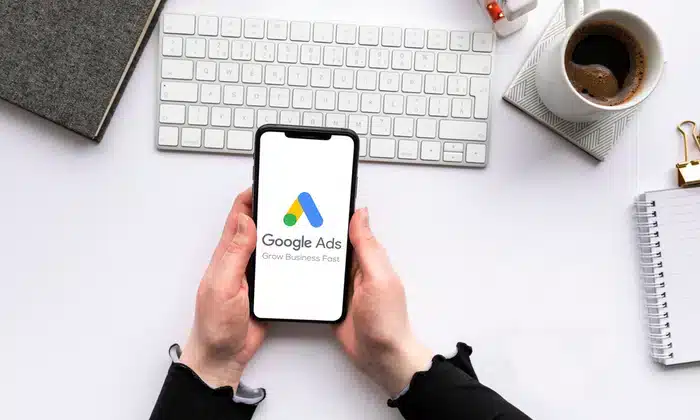
Google Ads Formats
Google allows advertisers to choose from several ad formats to create contextually relevant and visually engaging ads on Google search and display networks. Thus, selecting the right format helps maximize clicks, conversions and return on ad spend (ROAS).
Text Ads
Alphabetically first, text ads remain the foundational Google Ads format. Displaying headlines of up to 30 characters and description lines of up to 80, text ads appear above and beside organic search results.
However, Though limited in visual appeal, text ads work best for search intent keywords with informational or transactional searchers. Their simplicity keeps costs low.
Display Ads
Display ads show larger images and text on websites and apps. Formats include basic banner ads, panorama banners and pixels for mobile in-app targeting.
Compared to text ads, display ads have more creative space plus visuals to capture attention. They suit awareness, brand and direct response campaigns with broad targeting.
Image Ads
Similar to display ads, image ads combine large images and minimal text in search text ad slots. Image ads highlight product images, logos or graphic illustrations related to the offer.
With higher clickthrough rates than text ads, image ads work for brand awareness, direct response and ecommerce. However, they require visually compelling ad creative for effectiveness.
Video Ads
Ads containing video formats within text, display or image units on Google properties. YouTube TrueView ads show before, during or after related YouTube videos.
Video ads engage consumers with rich storytelling. They perform best for awareness, consideration and educational stages of the buyer’s journey. But require higher budgets for production.
App Promo Ads
Exclusively for mobile app campaigns, these text ads include an install button to directly download the app.
Because they offer an instant action, app promo ads deliver high install rates. However, they only apply to apps seeking new users and updates.
In conclusion, Google Ads provides multiple formats to fit business goals and audience needs. Choosing the right format starts with identifying the searchers’ intent and where they are in the buyer’s journey. Text ads work best for informational searches while display, image and video ads suit brand building and direct response. Testing different ad formats then optimizing the highest performing ones ensures the most effective Google Ads campaign.
